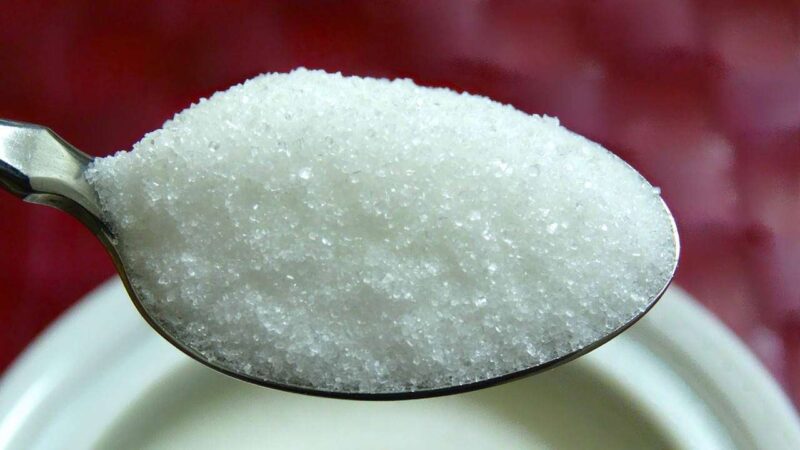
Dr. Marion Nestle is a renowned nutrition professor at NYU and Cornell. She follows-up on food industry funded research to present a clearer picture of the results and their trustability. Do the claims the industry makes actually hold up under review? Keep an eye on our Fact Check files to find out.
Last week, the USDA issued new rules for the nutrient content of school meals and also child care programs.
These apply to sugar and sodium (nutrients), whole grains (ingredient or food), and milk (food).
The New York Times report on this cut right to the chase:
The Agriculture Department announced on Wednesday that it had finalized the regulation it had first proposed in February 2023, having weakened several provisions after feedback from food companies, school nutrition professionals and over 136,000 public comments.
The Update to the standards describes the changes and compares them to USDA’s original proposals.
- Sugars: For the first time (I’m not kidding), the USDA set limits on sugars, starting with breakfast cereals (6 grams per ounce), yogurt (12 grams per 6-ounce serving), and milk (10 grams per 8-ounce serving). This allows chocolate and other flavored milks if companies get the sugar down to 10 grams.
- Sodium: beginning July 2027, sodium will be reduced by 15% for lunch and 10% for breakfast from current limits (USDA proposed 3 consecutive reductions of 10% over the next five years.
- Whole grains: no change from current standard (USDA proposed that 80% of grains be whole).
- Milk: Allows flavored fat-free and low-fat.
Comment

The sugar rule is an improvement, even though products still are sweetened. The weakening of the sodium proposal is troubling. We badly need to reduce sodium in processed and restaurant foods and need federal leadership for doing so. USDA caved to political pressure here. The USDA has a long history of captivity by Big Ag. Now it looks captured by Big Food.
The food industry complaint is that its products won’t meet these standards. The school food complaint is that the standards are too hard to meet, the kids won’t eat the food, and it will be wasted.
I have a lot of sympathy for school foodservice. It’s the only thing going on in schools that has to be self-supporting, and school food programs are hugely underfunded. And lots of schools don’t have kitchens to must rely on food products rather than real food.
But from what I’ve observed, two kinds of skills are needed for successful school meal programs: the ability (1) to prepare and serve edible healthy food, and (2) to get the kids to eat it. I’ve seen every permutation.
- Good food, kids eat it
- Good food, kids won’t eat it
- So-so food, kids eat it
- So-so food, kids won’t eat it
Whenever I hear “the kids won’t eat it,” I wonder where the adults are. From what I’ve seen, if adults care that kids are fed, the kids will eat the food—not all, necessarily, but most.
School food is not just about the food. It’s about the interactions of school food personnel, teachers, and the principal with the kids. If the adults think it important and necessary to feed kids healthy food, the program has a good chance of success. The new USDA standards are a step in the right direction but still have a way to go.
Wouldn’t it be nice if we had food standards rather than nutrition standards? How about mandating numbers of servings of real foods instead of worrying about grams of sugar and milligrams of sodium.
A thought.
Additional Resources
- Comparison Chart: 2023 Proposed Standards vs. 2024 Final Standards
- Implementation Timeline – School Meals
- Implementation Timeline – CACFP & SFSP
- Media Toolkit
- Infographic: Final Rule for School Meal Standards
- Infographic: Implementation Timeline
- Infographic: How We Got Here
- Video: Rule Overview
- Video: Added Sugars
- Federal Register notice
The post USDA updates school nutrition standards appeared first on Food Politics by Marion Nestle.
Marion Nestle is Paulette Goddard Professor of Nutrition, Food Studies, and Public Health, Emerita, at New York University, which she chaired from 1988-2003 and from which she officially retired in September 2017. She is also Visiting Professor of Nutritional Sciences at Cornell. She earned a Ph.D. in molecular biology and an M.P.H. in public health nutrition from the University of California, Berkeley, and has been awarded honorary degrees from Transylvania University in Kentucky (2012) and from the City University of New York’s Macaulay Honors College (2016). In 2023, she was awarded The Edinburgh Medal (for science and society).



